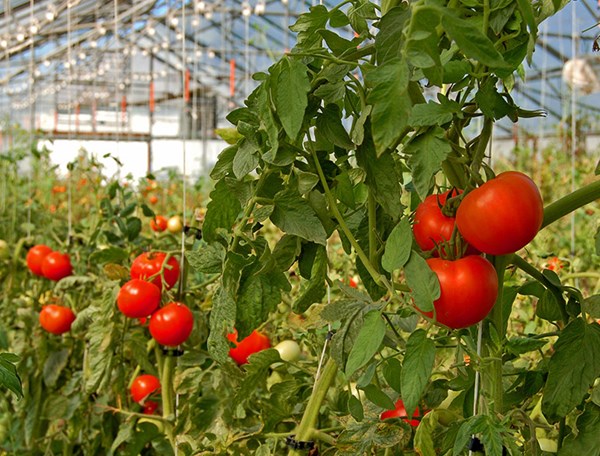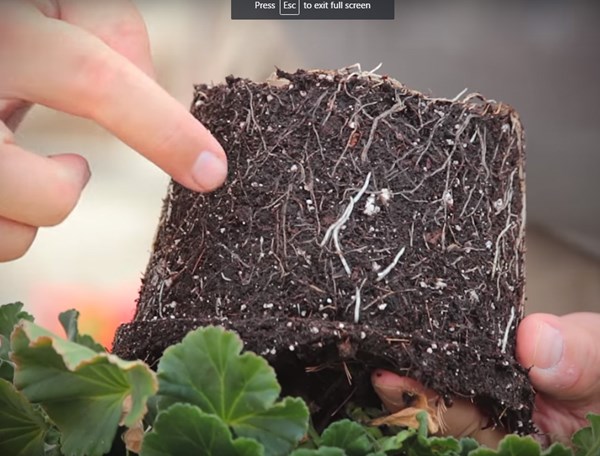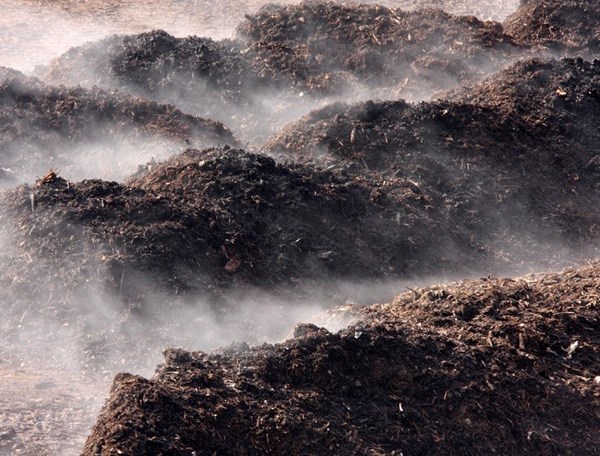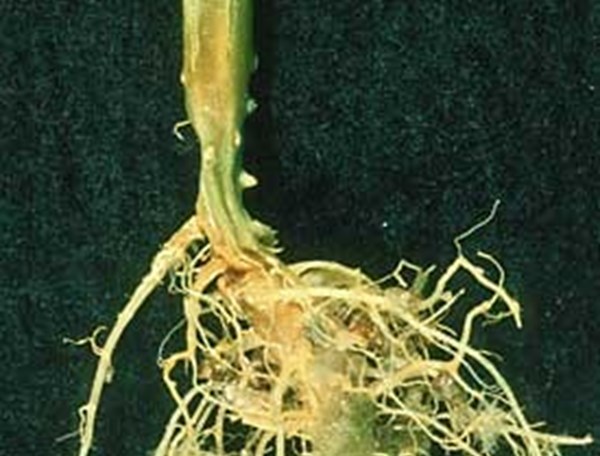Training Center
Substrate Handling Influences Air Porosity
Thursday, September 7, 2023 | Jose Chen Lopez
PDF version of this text: Substrate Handling Influences Air Porosity of Substrates
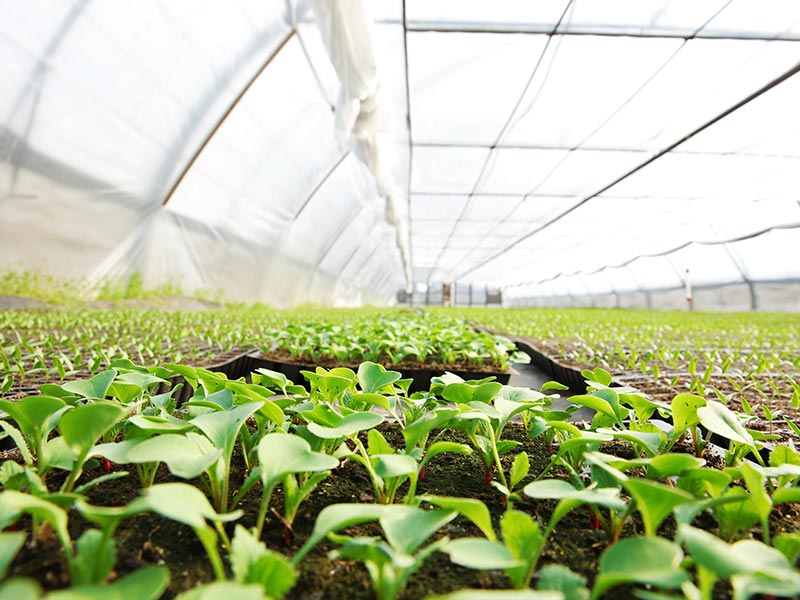
To fully understand how air porosity can impact a greenhouse crop, let's start by looking at the 4 functions of a substrate: it provides support for roots, it serves as a water reservoir and as exchange sites for nutrients and it promotes the gaseous exchange between the rhizosphere around the roots and the atmosphere.
There are many factors that influence the air porosity of a substrate, such as how the substrate is handled, the compaction in the container, the water pressure, the shape of the container used, the time of year and the temperature. It is therefore important to consider all these elements when choosing a substrate, not just the requirements of your crop, to ensure that it has the ideal amount of air/oxygen your plant roots need.
Handling and Mixing the Substrate
When using a bale breaker to fluff compressed substrate, it is necessary to minimize the time of mixing, to add enough water to have the ideal water content for transplant or sowing, and to use the machine with slow turning ribbons or paddles. The excessive fluffing or mixing destroys peat fibers and aggregates creating fine particles, which reduce air porosity and drainage and dry out the medium slowly.
Compaction in the Container
Compaction can increase the available water content, but it decreases the air porosity and increases the unavailable water to plants. Compaction happens when the substrate is filled and pressure is applied on the surface or when the substrate is pressed around the roots. Compaction collapses large pores that hold air, reducing air porosity so the substrate dries down slowly and the water infiltration is reduced too. Since compaction is uneven from one container to the next, it can cause uneven drying. To avoid compaction when transplanting plugs or liners, it is best to place the plug/cutting into a dibble hole and water in.
Water Pressure
The use of nozzles or irrigation systems with small drops will help to minimize the shrinkage of the substrate. When a garden hose is used to water the pots, the pressure exerted by the water can be high enough to compact and decrease the level of the substrate in the pot. This action promotes compaction of the substrate, which reduces air porosity.
Container Shape
The shape of the container has a great impact on the air porosity. Since capillarity is the main parameter that affects the water content of a substrate, the same substrate is going to wick water to the same height independent of the depth of the container.
In a shallow container, the percentage of growing medium that will be saturated after watering is higher than in a deep container where gravity can help with drainage. Therefore, the air porosity is going to decrease as the container height decreases (Figure 1).
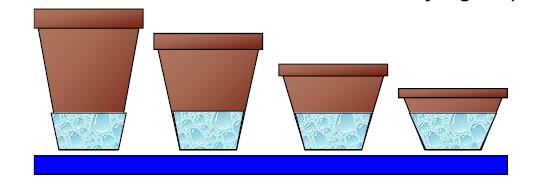
Figure 1. Same substrate different container sizes.
The diameter of the container is also a parameter to consider, but its impact is less important. When using the same substrate and containers of the same height, but with different diameters, the air porosity and percentage of water content is going to be similar between the containers, regardless of diameters (Figure 2).
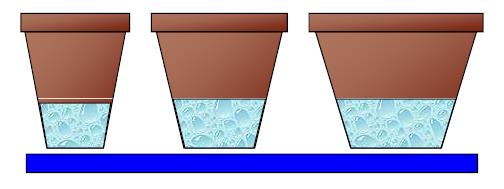
Figure 2. Same substrate, same container height but different pot diameters.
Time of Year
Although the time of year does not influence the air porosity of a substrate, plants are less tolerant of substrates with low air porosity when used during the winter months comparatively to late spring through early fall. The use of different substrate particle sizes during the year is very important and more so when the irrigation system is not efficient.
For winter production, it is recommended to use a substrate with coarse particle sizes because the evapotranspiration from the plant is low. By using a coarse substrate, the grower can be sure that the air porosity is adequate between irrigation cycles.
On the other hand, during summer, it is recommended to use substrates with a small proportion of coarse particle sizes since the evapotranspiration is high. Since the substrate is going to dry faster during the summer, its air content less likely to be an issue. Obviously, it is best to have good environmental management year around to make sure plants are well ventilated and under ideal relative humidity. Moreover, when workers overwater plants during the winter, a coarse substrate is less likely to be water logged and have good air content in the rhizosphere.
Temperature
Although temperature does not change the air porosity, it does influence oxygen content in the substrate. Remember plant roots need oxygen. As temperature increases in the substrate and the substrate solution, the oxygen concentration decreases. Substrates that are cold have higher oxygen content, but cold substrate temperatures slow plant growth.
All these factors can influence the air porosity of a substrate, and thus the comfort of your plants. You can now offer them the ideal amount of air/oxygen their roots need.
For more information, contact your Premier Tech Grower Services Representative:
 |
 |
 |
 |
|---|---|---|---|
|
Ed Bloodnick |
Nathan Wallace-Springer |
Lance Lawson |
Victor Brantly |
 |
 |
 |
|
|
Troy Buechel |
Susan Parent |
Jose Chen Lopez |
PRO-MIX® is a registered trademark of PREMIER HORTICULTURE Ltd.
Related Articles
-
How Substrate Structure Influences Air Porosity
How the substrate structure and particle sizes affect the air porosity in the substrate.
-
How watering influences root disease in your crops
Premier Tech Horticulture Specialist Troy Buechel gives some advices about the relationship between watering and root disease.
-
Why Compost is Not a Good Choice for Professional Growing Media
The avid gardener will tell you that the best soil amendment for vegetable gardens and flower beds is compost. Compost is an excellent source of nutrients and organic matter that can help in breaking-up heavy clay soils or improve water retention of sandy soils.
-
Avoiding Root Disease in Greenhouse Vegetables
Pathogens are always present in the greenhouse and are a continuous challenge for greenhouse vegetable and herb growers.

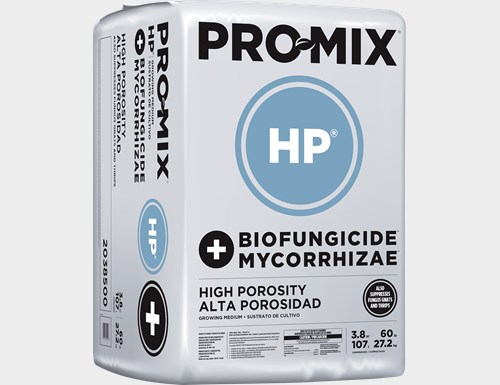
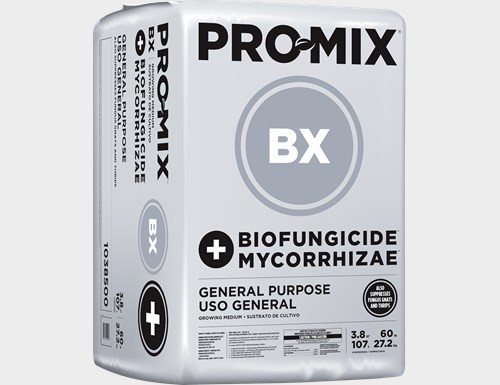
 Where to find our products
Where to find our products
